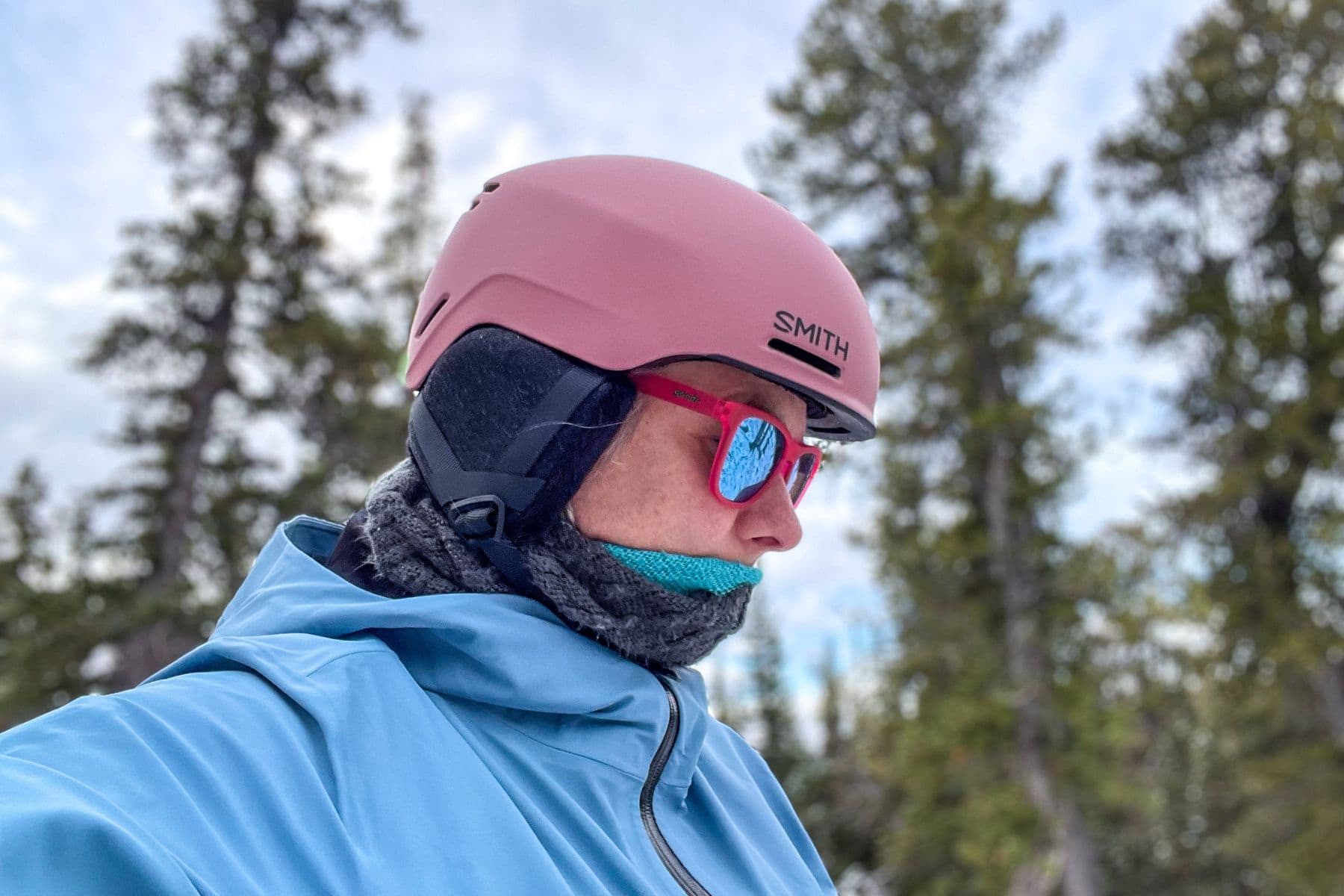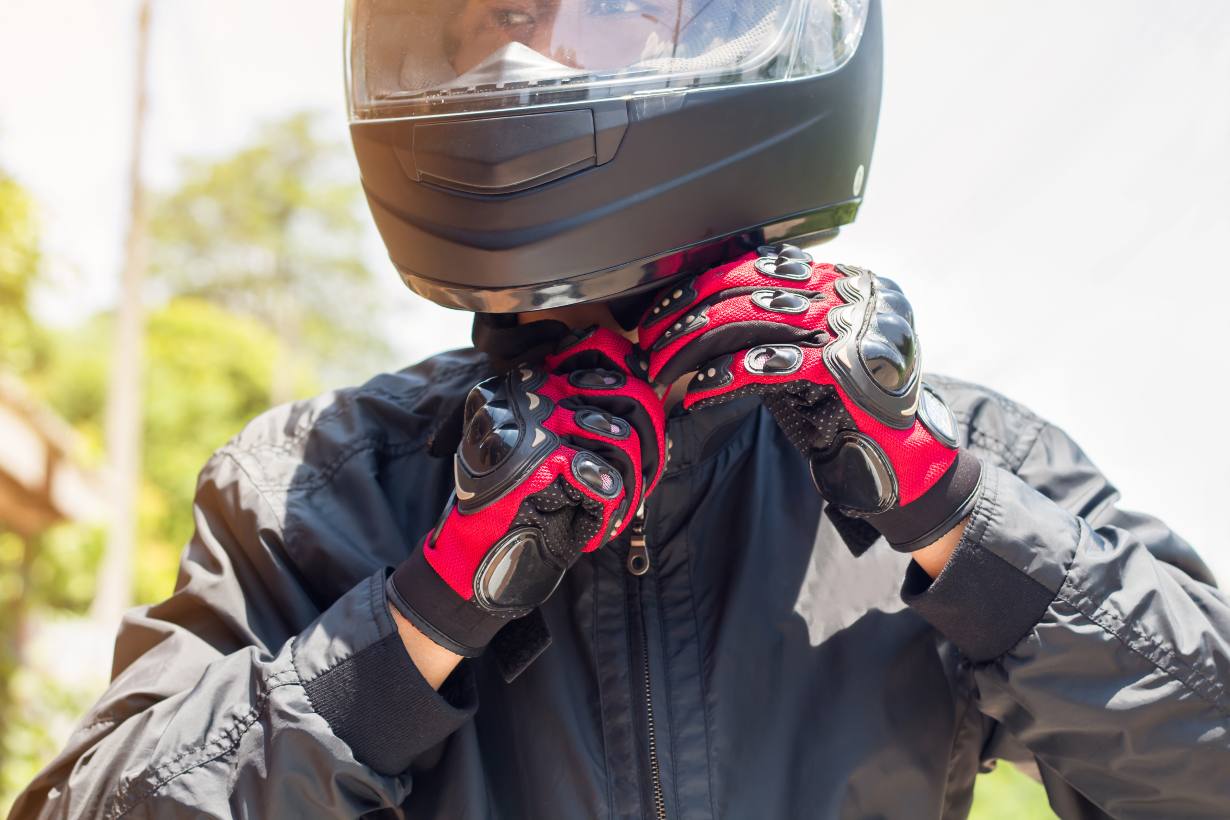Finding a helmet that fits properly is crucial for safety and comfort. An ill-fitting helmet can fail to protect you in the event of an accident, making it essential to know your exact helmet size and how to achieve the right fit.
Here’s everything you need to know about sizing and fitting a helmet for maximum protection.
1. Why Helmet Fit Matters
A helmet that doesn’t fit correctly can shift or even come off during impact, reducing its effectiveness in protecting your head. Helmets are designed to sit securely on your head and absorb the force of a collision, which is only possible if they fit well. A well-fitted helmet can make a significant difference in safety and comfort, especially on longer rides or activities where stability and visibility are key.
2. How to Measure Your Head for a Helmet
Before purchasing a helmet, start by accurately measuring your head. Here’s how:
- Step 1: Gather Your Tools: You’ll need a soft measuring tape or a piece of string and a ruler.
- Step 2: Measure the Circumference: Wrap the measuring tape around the widest part of your head, which is typically about an inch above your eyebrows and ears. Keep the tape level around your head for an accurate measurement.
- Step 3: Record Your Measurement: Take note of the measurement in centimeters or inches. This number will correspond with helmet sizes on most manufacturer sizing charts.
3. Helmet Sizing Charts
Different brands often have slight variations in sizing, so it’s best to refer to the specific sizing chart for the brand you’re considering. Generally, helmet sizes are categorized as follows:
- XS: 20.1 – 21.3 inches (51 – 54 cm)
- S: 21.3 – 22 inches (54 – 56 cm)
- M: 22 – 22.8 inches (56 – 58 cm)
- L: 22.8 – 23.6 inches (58 – 60 cm)
- XL: 23.6 – 24.4 inches (60 – 62 cm)
- XXL: 24.4 – 25.2 inches (62 – 64 cm)
Check the manufacturer’s chart, as sizes may vary slightly. Choose the closest size to your head measurement and adjust as needed.
4. Testing for a Proper Fit
Once you have the right helmet size, test it to ensure it fits properly. Here are the main points to consider when trying on a helmet:
- Snug Fit: A properly fitted helmet should feel snug around your entire head without causing any discomfort. If there are any pressure points, try a different size or model.
- Shake Test: Secure the helmet and shake your head side to side and up and down. The helmet should move with your head, not shift independently. If it moves around, it’s likely too large.
- Vision Check: When wearing the helmet, your field of vision should be clear, without any obstructions from the helmet’s edges. This is especially important for activities like cycling, where peripheral vision is essential.
- Chin Strap: The chin strap should be tight enough to secure the helmet without being uncomfortable. You should only be able to fit one or two fingers between the strap and your chin.
5. Different Helmet Shapes and How They Affect Fit
Helmets come in different internal shapes—round, oval, and intermediate oval. Knowing your head shape can make a difference in finding a helmet that fits comfortably:
- Round Shape: Ideal for rounder head shapes where the width and length are nearly equal.
- Oval Shape: Suitable for those with a more elongated head shape.
- Intermediate Oval: A middle ground between round and oval, this shape is common among many helmet brands.
Try different shapes if a helmet doesn’t feel comfortable in a particular area, even if the size is correct.
6. Adjustable Features to Enhance Fit
Many helmets come with additional adjustable features to fine-tune the fit:
- Fit Systems: Some helmets have adjustable fit systems that allow you to tighten or loosen the fit as needed, usually with a dial on the back of the helmet.
- Padding Inserts: Removable padding inserts can help you customize the interior fit. Adding or removing padding in key areas can make a big difference, especially for those between sizes.
- Ventilation Adjustments: While not directly related to fit, helmets with good ventilation features allow you to stay cool, which can improve comfort and prevent the helmet from feeling overly tight due to sweating.
7. Tips for Trying Helmets On
- Try Multiple Sizes: If you’re between sizes, try both to see which feels most comfortable.
- Wear for a Few Minutes: Keep the helmet on for a few minutes to see if any discomfort arises.
- Bring Your Riding Gear: If you wear glasses, goggles, or any other headgear, bring these items to ensure they fit comfortably with your helmet.
8. When to Replace Your Helmet
Even with proper care, helmets don’t last forever. Here are a few guidelines for replacement:
- After an Impact: Helmets are designed to absorb impact only once. If you’re in an accident or drop the helmet, replace it immediately, even if there’s no visible damage.
- Every 3–5 Years: Helmet materials can degrade over time. Replacing your helmet every 3–5 years is recommended for safety.
A properly fitted helmet is one of the most critical pieces of safety equipment. Taking the time to measure, fit, and select the right helmet can ensure your safety and enhance comfort, no matter your activity or ride.








